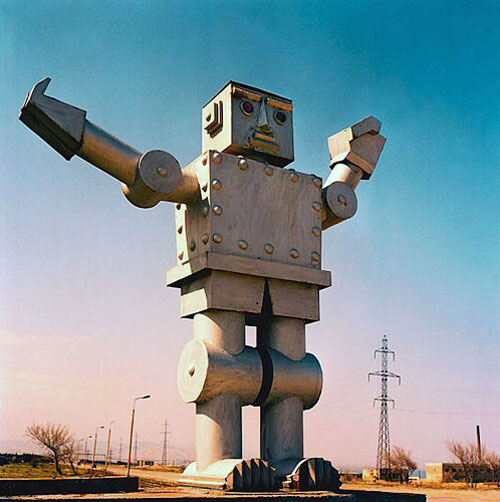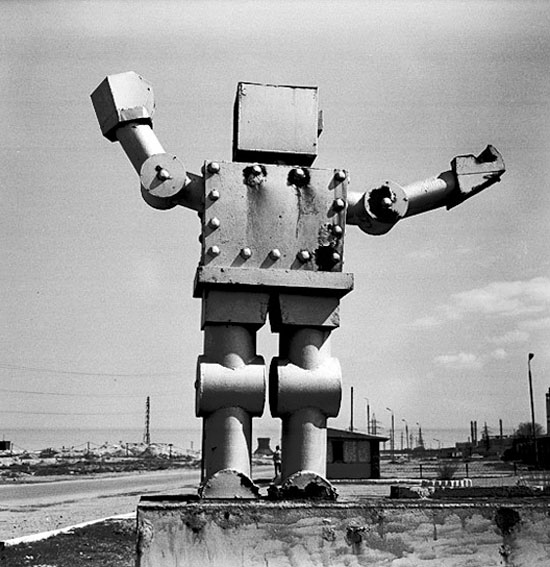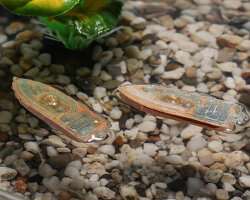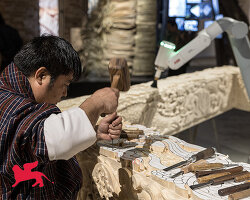KEEP UP WITH OUR DAILY AND WEEKLY NEWSLETTERS
developed by tomasz patan, the mastermind behind Jetson ONE, the personal hoverbike levitates and glides in the air with ease.
connections: +290
explore the series of high-tech toys and devices designed with modern features for adults.
its external body features abstract semi-circles in white and gray over a warm gray base, subtly evoking the ripples and waves of flowing water.
connections: +430
designboom interviews chief design officer gorden wagener to discuss the ‘frunk’, AI agents that detect the driver’s moods, and more.
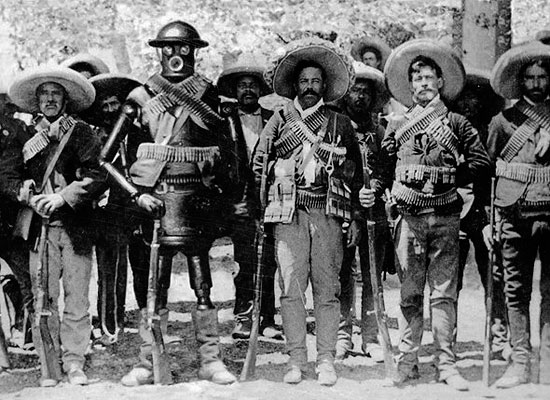
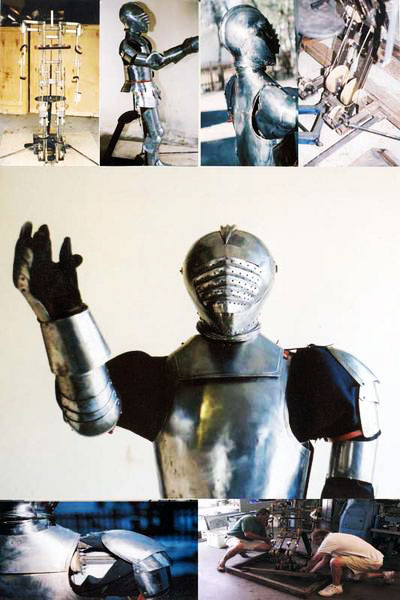 this medieval robot was built by roboticist mark rosheim from leonardo’s drawings for a discovery channel program. see the device
this medieval robot was built by roboticist mark rosheim from leonardo’s drawings for a discovery channel program. see the device 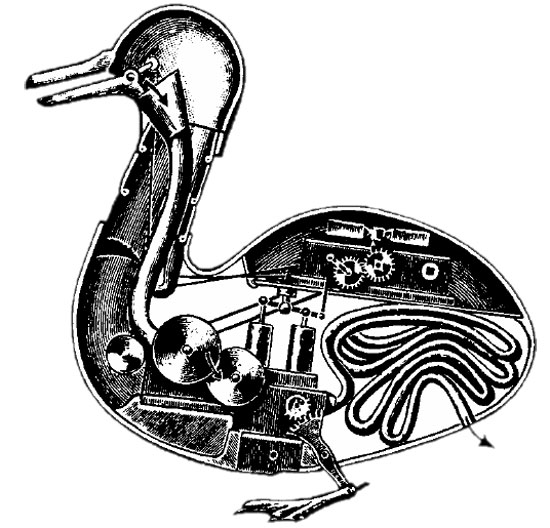 jaques de vaucanson’s mechanical duck, 1738 it had over 400 moving parts, and could flap its wings, drink water, digest grain, and defecate
jaques de vaucanson’s mechanical duck, 1738 it had over 400 moving parts, and could flap its wings, drink water, digest grain, and defecate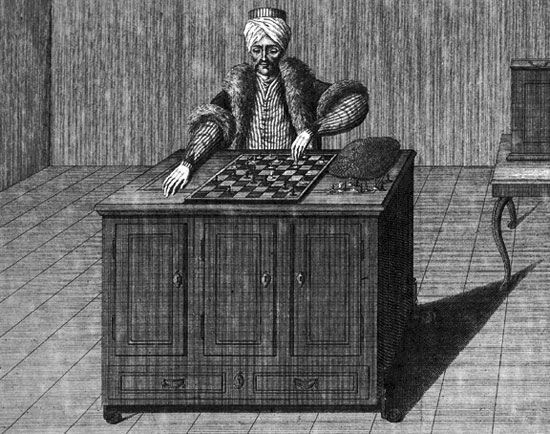
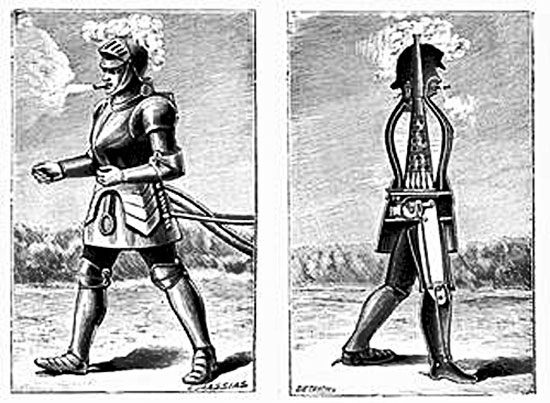 moore’s steam man
moore’s steam man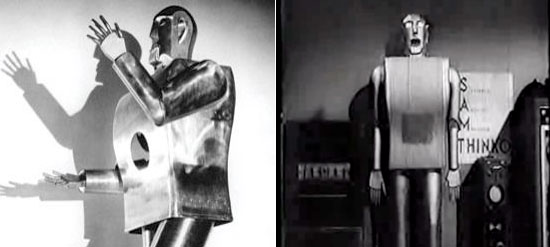 the original elektro appeared in the film ‘sex kittens go to college’ (he played thinko, the greatest electronic brain in the world)
the original elektro appeared in the film ‘sex kittens go to college’ (he played thinko, the greatest electronic brain in the world)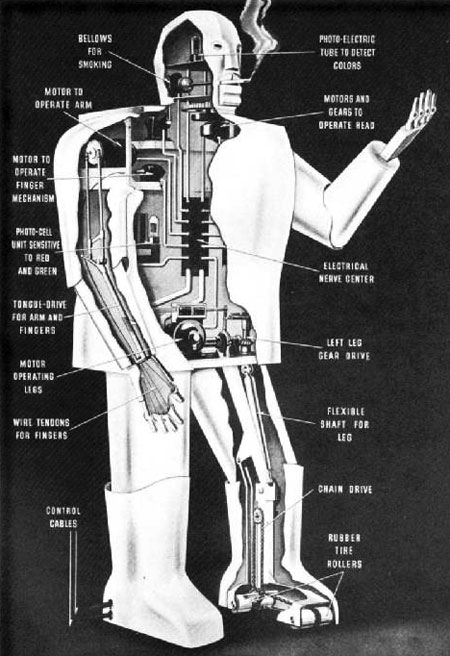 inside
inside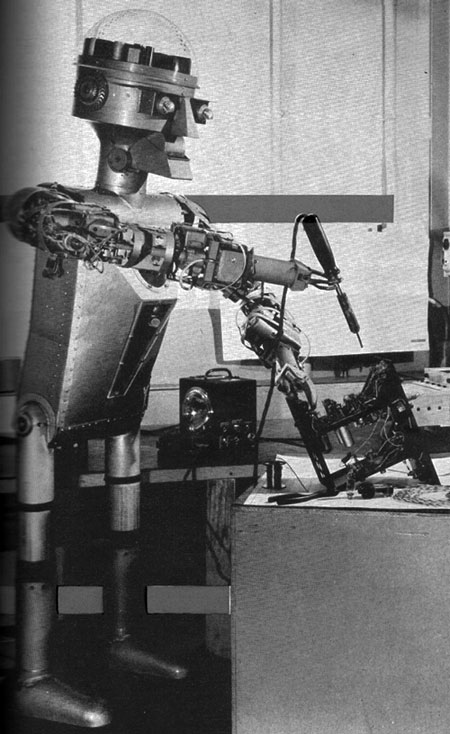 garco
garco romolo II was exhibited in rome in 1957. he reacted to external stimuli, his eyes consisted of camera lenses and his body was built with sensors.
romolo II was exhibited in rome in 1957. he reacted to external stimuli, his eyes consisted of camera lenses and his body was built with sensors.